![]() 19 Jul 2024
19 Jul 2024

In this chapter, we will look at how lives of forest dwellers and pastoralists changed in the modern world and how they played a part in shaping these changes. To modern eyes, lives of pastoralists and forest dwellers, shifting cultivators, and food gatherers often seem to be stuck in the past. These communities are very much part of the modern world and we need to know how they organize their world and operate their economies. We will see use of forests in a variety of ways, colonial control over forests, expansion of agriculture, decline of grazing fields, and how these developments affected the lives of those local communities who used forest resources. In this chapter, we will track patterns of their movements, their relationships with other communities, and the way they adjust to changing situations.
Storehouse of Resources: Things such as paper, furniture, dyes, spices, tendu leaf in bidis, gum, honey, coffee, tea, rubber, oil from sal seeds, the tannin used to convert skins and hides into leather, or herbs and roots used for medicinal purposes all comes from forest.
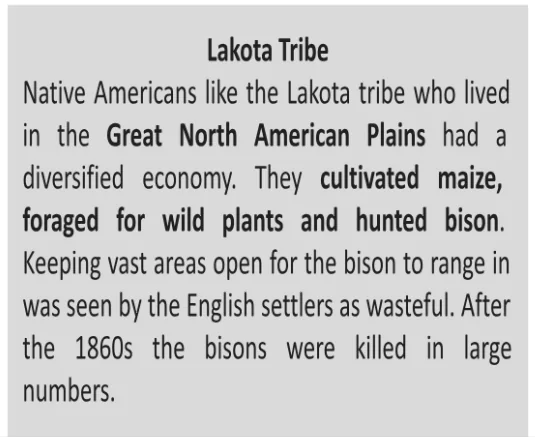
The disappearance of forests is referred to as deforestation.
The problem of deforestation began many centuries ago, but under colonial rule, it became more systematic and extensive. Some of the causes of deforestation in India are as follows:
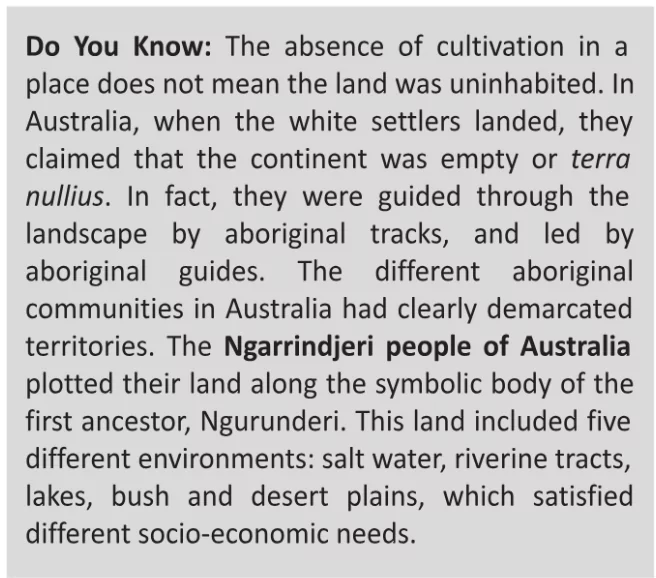 In the colonial era, cultivation expanded rapidly for a variety of reasons:
In the colonial era, cultivation expanded rapidly for a variety of reasons: 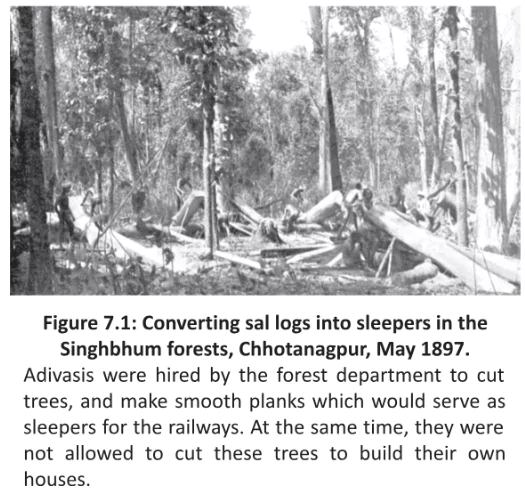
 From the 1860s, the railway network expanded rapidly. By 1946, length of the tracks had increased to over 765,000 km from 25,500 in 1890.
From the 1860s, the railway network expanded rapidly. By 1946, length of the tracks had increased to over 765,000 km from 25,500 in 1890. Depletion of Forests: British were worried that use of forests by local people and reckless felling of trees by traders would destroy forests.
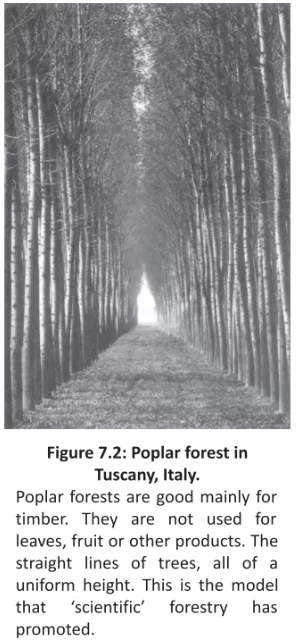
Conflicting Visions of the Forest: Villagers wanted forests with a mixture of species to satisfy different needs – fuel, fodder, and leaves.
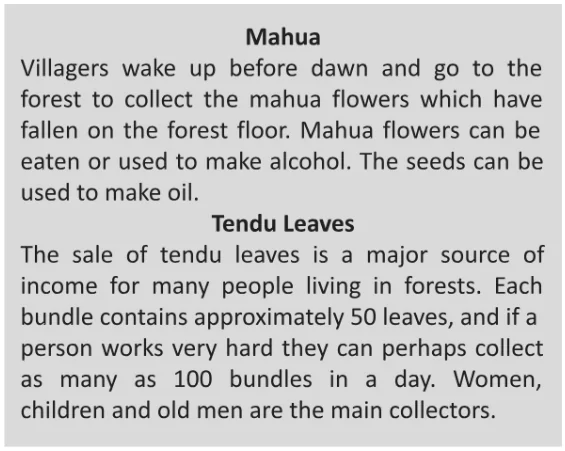 Ex: Fruits and tubers are nutritious to eat, especially during monsoons; Herbs are used for medicine; wood for agricultural implements like yokes and plows; bamboo to make fences, baskets, and umbrellas; a dried scooped-out gourd can be used as a portable water bottle; leaves can be stitched together to make disposable plates and cups.
Ex: Fruits and tubers are nutritious to eat, especially during monsoons; Herbs are used for medicine; wood for agricultural implements like yokes and plows; bamboo to make fences, baskets, and umbrellas; a dried scooped-out gourd can be used as a portable water bottle; leaves can be stitched together to make disposable plates and cups.| Must Read | |
| Current Affairs | Editorial Analysis |
| Upsc Notes | Upsc Blogs |
| NCERT Notes | Free Main Answer Writing |
After British intervention and enactment of Forest Acts people across the country were now forced to steal wood from the forests, and if they were caught, they were at mercy of forest guards who would take bribes from them. Women who collected fuelwood were especially worried. The police constables and forest guards harassed people by demanding free food from them.
| Related Articles | |
| FORESTS IN INDIA | AGRICULTURE |
| BRITISH POLICY IN INDIA | Industrialization in India |
<div class="new-fform">
</div>